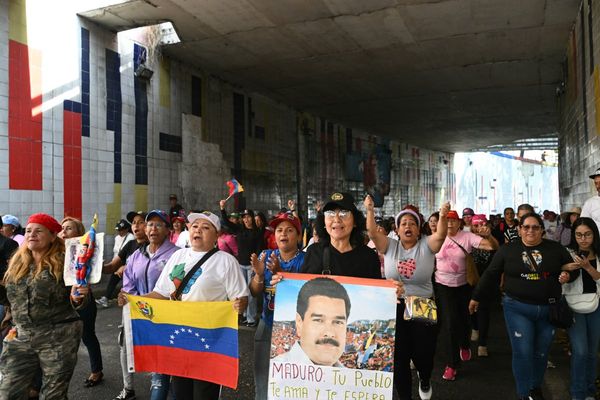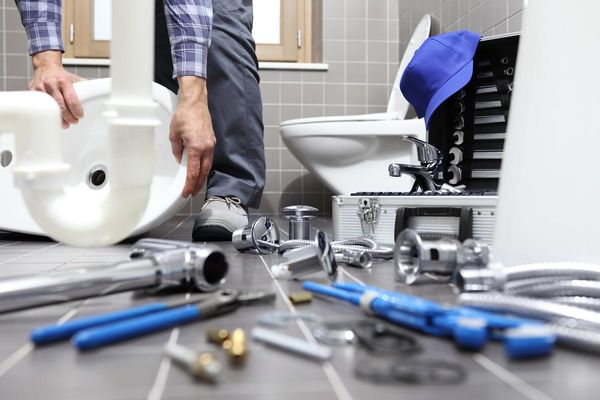
I came late to a love of travel. A combination of early marriage, child rearing and a focus on my own front yard were to blame for the delay. But I recovered from all three and started to focus on the horizon instead. Being well into my 50s, I knew my chances of ticking off all the usual tourist destinations were slim. And, for me, there was only one other horizon I absolutely had to see for myself. It belonged to a country with a cuisine, culture and history I knew better than that of my own: one whose language I had studied for nine years but had never spoken on its soil. In 2015 my long-distance love affair with France was finally consummated.
Liberated at last from – and with the encouragement of – my children, who clearly wanted me out of the country, I joined a house- and animal-minding website. I then went about trying to sell my animal husbandry skills – at the time non-existent – to potential hosts.
Convincing strangers to leave their beloved pets and their homes in your care is difficult at the best of times. Doing it in a language you haven’t spoken since your university days increases the degree of difficulty by a factor of 10. I gave up on the French site and moved to an English one, whose clientele were mainly British expats living in their dream homes in idyllic corners of France. The switch worked in my favour: during my six months in France, every home I stayed in looked like the postcard cottage of my feverish France-starved imagination.

During the two years of the pandemic, my time in France took on the golden hue of nostalgia as I watched coronavirus decimate the travel industry and put paid to the travel plans of millions of people worldwide.
For a total of 704 days, Australia’s international borders were closed. Video footage from some of the world’s most popular tourist destinations revealed the damage done by our travelling tendencies in the past: we have been loving our dream destinations to death. Ironically, the reduction of pollution of these tourist traps made them even more of a drawcard for thwarted travellers with itchy feet, anxiously awaiting the lifting of travel bans. I was one of them.
With every passing month of my city’s gold medal-winning lockdown, I found myself pondering what post-pandemic travel might look like. The wisdom of travel to architectural tourist traps with their virus-friendly crowding would need to be reassessed. As would the damage wrought by hordes of tourists. These places thrived in our absence and would thank us to stay away a little longer. Given how far we are from the rest of the world and how carbon-intensive it is for us to get there, Australians are among the worst transgressors.
The fact that my conversion to travel was late in life doesn’t exempt me from my share of responsibility. If I’m to continue down this peripatetic path, I’d like to minimise my carbon footprint wherever possible. A frequent flyer levy campaign in the UK proposes taxing travellers on a sliding scale for each flight undertaken in a year. Another possible solution – and my preferred option – is slow travel: “Go less frequently, stay longer” on single-destination vacations in tucked-away places. Getting to know the locals and living like one.
Back in 2015 I was given the keys to the house and the use of a vehicle at every housesit. I drove mainly to get provisions from the supermarket or one of the many weekend markets. I quickly realised how little money I spent, without the expense of running a home and feeding a horde of starving twentysomethings. I didn’t have an expensive social life. Any dining out usually took place at the homes of my growing circle of friends, another bonus of combining solo travel with lengthy stays in the same place.
This year – keen to escape the relentless Melbourne winter – I accepted a generous offer of two months’ accommodation in a small village in Burgundy where almost no one spoke English and I would be without a car. It was an opportunity to improve my rusty French and shut myself away in an attic to write. I achieved my first goal but occasionally abandoned the attic thanks to my improved language skills and the social opportunities they afforded me. In the course of those two months I freeranged the walking tracks of my new home, made lasting friendships and perfected the art of the apéro. I plan to return some other time to do the writing.
I’ve had limited experience of the whirlwind world-tour alternative and I know which I prefer. Slow travel is not possible for everyone – time is the one commodity of which we had plenty in lockdown and the one we most sorely miss now it’s over. But for those with few resources other than time, it’s an affordable alternative. For the pandemic-aware portion of the globetrotting public who want to leave as shallow a footprint as possible on foreign soil, it can be both sustainable and sustaining.







